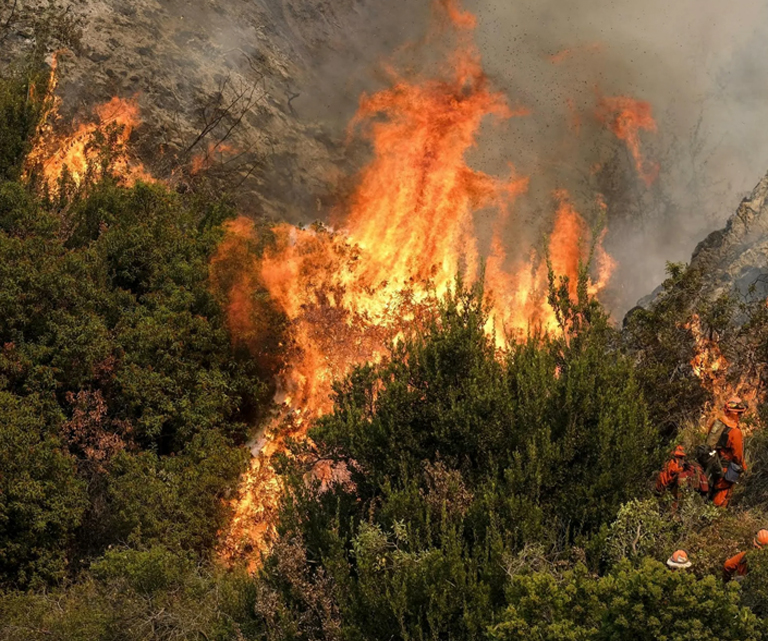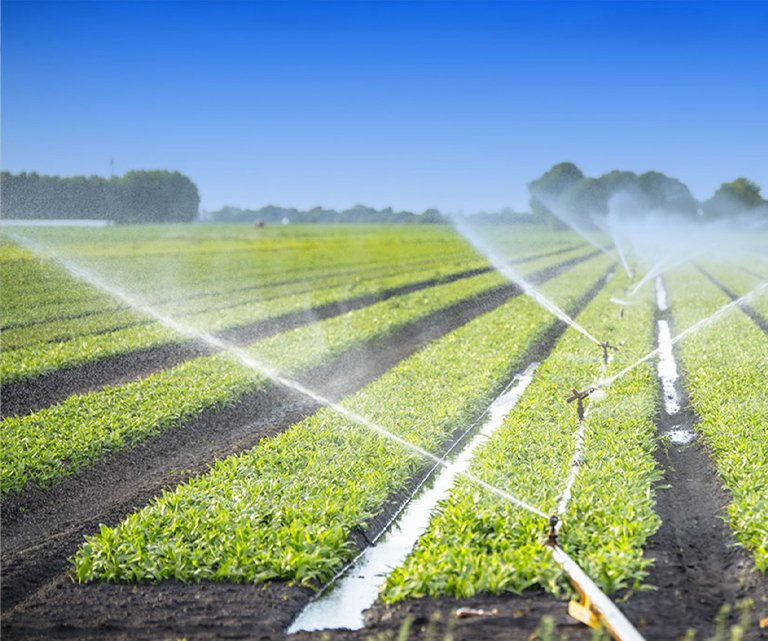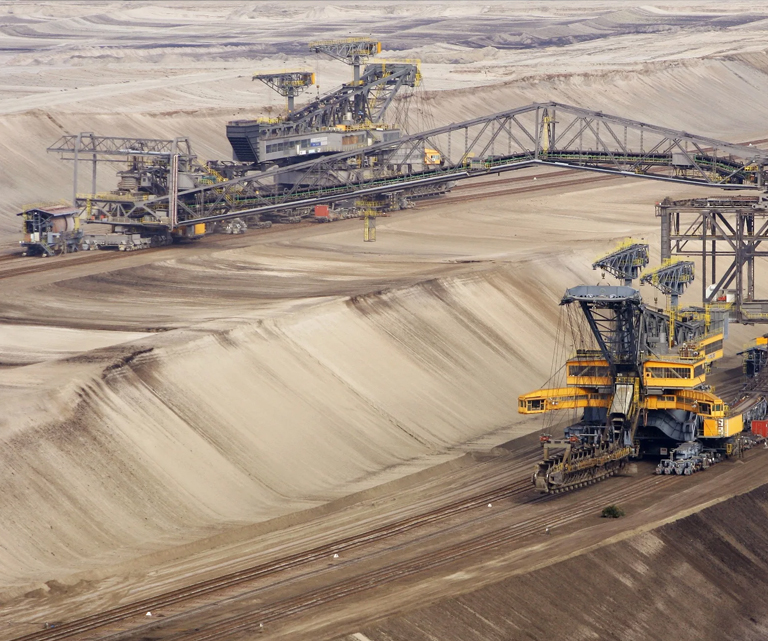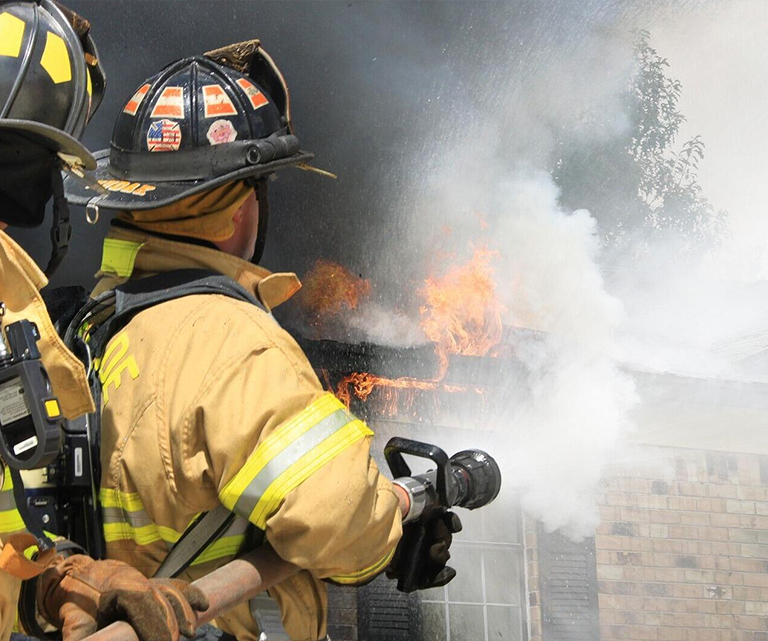Light weight, good elasticity, low resistance to water flow, easy to coil.

Forestry Fire Protection

Agricultural Fire Protection

Industrial Fire Protection

Municipal Fire Protection
Wear-resistant, corrosion-resistant, cold-resistant, low resistance to water flow.
| Pressure Required | |||||||
| Caliber | Work Pressure | Burst Pressure | |||||
| (Inch/mm) | (Bar) | (Mpa) | (Psi) | (Bar) | (Mpa) | (Psi) | |
| 1" | 25 | 13-25 | 1.3-2.5 | 190-365 | 39-75 | 3.9-7.5 | 570-1090 |
| 1-1/2" | 38 | 8-25 | 0.8-2.5 | 120-365 | 24-75 | 2.4-7.5 | 350-1090 |
| 2" | 52 | 8-25 | 0.8-2.5 | 120-365 | 24-75 | 2.4-7.5 | 350-1090 |
| 2-1/2" | 64 | 8-25 | 0.8-2.5 | 120-365 | 24-75 | 2.4-7.5 | 350-1090 |
| 3" | 75 | 8-25 | 0.8-2.5 | 120-365 | 24-75 | 2.4-7.5 | 350-1090 |
| 4" | 102 | 8-25 | 0.8-1.6 | 120-235 | 24-48 | 2.4-7.5 | 350-700 |
| 5" | 127 | 8-25 | 0.8-1.3 | 120-190 | 24-39 | 2.4-7.5 | 350-570 |
| 6" | 152 | 8-25 | 0.8-1.3 | 120-190 | 24-39 | 2.4-7.5 | 350-570 |
In today's demanding industrial and agricultural environments, selecting the right hose for high‑volume fluid transfer is critical. This guide focuses on how to procure a TPU Layflat Hose effectively, particularly when used for mining dewat...
READ MOREIn heavy‑duty mining and construction operations, the selection, use and maintenance of a robust dewatering hose are critical. This article delves into the "Special Mining Outer Dewatering Hose", guiding you through everything from selectio...
READ MORESpecial mining outer dewatering hoses represent critical infrastructure components in mining operations, responsible for transporting water, slurry, and other fluids from underground workings or open pits to treatment facilities or discharg...
READ MOREThe first step in producing Canvas Fire Hose is the selection of raw materials. Jun'an Fire Technology is well aware that the selection of canvas materials is particularly important. The company has brought together a group of senior technicians and professional designers. With rich experience and professional knowledge, it selects canvas with high strength, wear resistance and good flexibility. This kind of canvas can ensure the structural strength of the hose while being easy to fold and store, meeting the needs of frequent use and rapid deployment in firefighting operations. The appropriate lining material will also be selected. The lining must have good waterproofness and corrosion resistance to ensure that the hose does not leak during the water delivery process and can adapt to the erosion of different water qualities and chemicals.
After the raw materials enter the factory, they are not directly put into production, but must be pretreated first. The canvas needs to go through a cleaning process to remove impurities, oil stains and possible chemical residues on the surface to prevent these substances from affecting the subsequent processing quality. The company has modern and advanced production equipment, which can efficiently complete the drying process of the canvas after cleaning, so that it can reach the appropriate moisture content, and ensure that the performance of the canvas is stable during the subsequent weaving and processing, and will not deform or become brittle due to excessive or insufficient moisture. For the lining material, the surface should also be cleaned and inspected to ensure that its surface is flat and flawless, meeting the production requirements.
The pre-treated canvas will enter the weaving stage. Using a specific weaving method, the canvas is woven into the outer structure of the hose through professional weaving equipment. The weaving process determines the overall structural strength and durability of the hose. During the weaving process, the company strictly controls the density and uniformity of the weaving. Too high a density may cause the hose to lose flexibility and affect its use; too low a density will reduce the strength of the hose and cannot withstand high-pressure water flow.
After weaving, the canvas will be initially formed into a cylindrical structure. The cylindrical canvas needs to be calibrated to ensure that its inner and outer diameters meet the design standards. Jun'an Fire Technology uses advanced mechanical devices or professional manual measurement methods for calibration, and timely adjusts or corrects the parts that do not meet the standards. If the size deviates, it will affect the adaptability of the hose and the fire interface, resulting in loose connection and water leakage. The company's strict control of every detail ensures the quality of the hose.
After the canvas is formed, the lining lamination process follows. The rubber/PVC/TPU lined fire hose fully absorbs the advantages of similar products at home and abroad. The company uses professional lamination equipment to tightly fit the pre-prepared lining material on the inside of the canvas tube. During the lamination process, it is necessary to ensure that there are no bubbles and gaps between the lining and the canvas, and ensure that the two are completely fitted to form a whole. This link usually adopts hot melt lamination or glue bonding. Hot melt lamination uses high temperature to fuse the lining material with the canvas surface, and glue bonding uses special waterproof and high-strength glue to firmly combine the two.
In order to further enhance the connection strength between the lining and the canvas, reinforcement is also required. Jun'an Fire Technology uses stitching or hot pressing to reinforce the seams and key parts of the hose. When sewing, high-strength thread is used, and special sewing needles are used to increase the tensile strength of the seams; hot pressing uses high temperature and high pressure to further integrate the lining and canvas in a specific area to improve the overall stability. Each process embodies the wisdom and experience of the company's professional technicians.
Extinguishing Flat Hose needs to install interfaces to connect with firefighting equipment and other hoses. Jun'an Fire Technology fully considers the specifications and usage requirements of the hose in the selection of interfaces. Common interface types include threaded interfaces and quick interfaces. When installing the interface, first process the two ends of the hose, cut the ends neatly, and perform necessary grinding to make the surface smooth for easy installation of the interface.
Then, put the interface on the end of the hose and fix it with special connection tools and processes. For threaded interfaces, ensure that the threads are tightly screwed to prevent loosening under the impact of high-pressure water flow; for quick interfaces, ensure that the buckle or locking device can work normally to achieve fast and reliable connection and disassembly. After the interface is installed, a preliminary sealing test is required to check whether there is water leakage at the connection between the interface and the hose, and to find and solve the problem in time. The company's professional operating procedures and strict testing standards ensure the quality of the interface installation.
After the above links, the main structure of the canvas fire flat fire hose has been basically completed, but it still needs to be sorted and appearance treated. Jun'an Fire Technology will clean the hose to remove stains, debris and other impurities contaminated during the production process, so that the surface of the hose is clean and tidy. After cleaning, the hose is dried using the company's advanced drying equipment or natural drying to ensure that the inside and surface of the hose are completely dry to avoid problems such as mold and deterioration caused by residual moisture.
Then, the hose is inspected and repaired. The company's professionals carefully check whether there are scratches, damage, color difference and other defects on the surface of the hose. For minor scratches and damage, repair materials can be used for repair; for serious defects, such as large-area damage and lining shedding, rework is required. After the appearance treatment is completed, the necessary logos and information, such as specifications, instructions for use, production date, etc., are printed on the surface of the hose to facilitate user identification and use.
Quality inspection and performance testing are key links in the production of canvas fire-fighting flat fire hoses, which directly determine whether the product can be put into use after leaving the factory. Jun'an Fire Technology uses a combination of manual visual inspection and instrument inspection to conduct appearance quality inspection to check whether the surface of the hose is flat and smooth, whether the logo is clear and complete, and whether the interface is firmly installed and not loose, to ensure that no details are missed.
Then there is the physical performance test, including the pressure bearing capacity test, tensile strength test, and wear resistance test of the hose. The pressure bearing capacity test simulates the high-pressure environment in actual use by injecting high-pressure water into the hose to test whether the hose can withstand pressure without rupture or leakage; the tensile strength test applies tension to the hose to test its strength and deformation during the stretching process; the wear resistance test simulates the use scenarios of the hose dragging and rubbing on the ground to test the wear resistance of its surface.
In addition to physical performance tests, chemical performance tests are also required to test the tolerance of the hose lining material to different chemicals and the stability of the canvas material in a chemical environment. After a series of rigorous quality inspections and performance tests, only canvas fire-fighting flat fire hoses that fully meet the relevant standards and requirements can be judged as qualified products and allowed to leave the factory.
Qualified canvas fire-fighting flat fire hoses need to undergo final packaging and warehousing before leaving the factory. Jun'an Fire Technology will fold and bundle the hoses according to certain specifications and quantities, and then pack them into special packaging bags or packaging boxes. The packaging bags and packaging boxes should be printed with relevant product information, such as brand logo, specifications, model, production date, shelf life, etc., which can not only protect the hoses from damage during transportation and storage, but also facilitate user access.
After packaging, the finished hoses are transported to the warehouse for storage. The warehouse is kept dry and ventilated, avoiding direct sunlight and humid environment to prevent the hoses from affecting performance and service life due to improper storage conditions. During the warehousing process, the company registers and records the products in detail, including the warehousing time, quantity, batch and other information, so as to carry out inventory management and product traceability.
From the selection of raw materials to the packaging and warehousing of finished products, each canvas fire-fighting flat fire-fighting hose has gone through multiple complex and rigorous production links. With modern and advanced production equipment, professional management talents, and senior technical teams, the company strictly controls every link, cooperates with each other, and checks every level, and finally creates reliable equipment that can play an important role in firefighting and rescue work. The careful handling of every detail is to ensure that at the critical moment, the canvas fire-fighting flat fire-fighting hose can stably and efficiently complete its mission and protect people's lives and property safety.